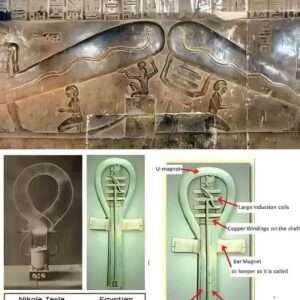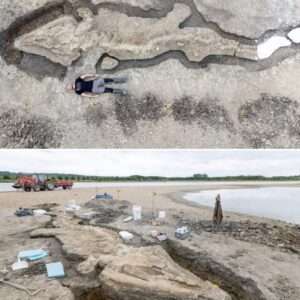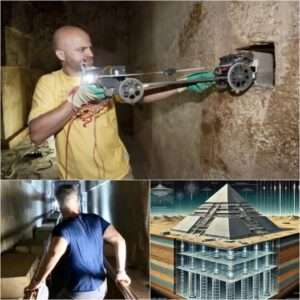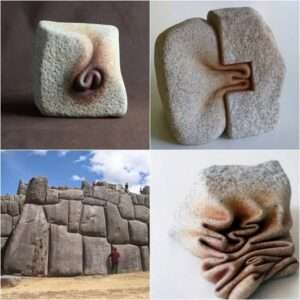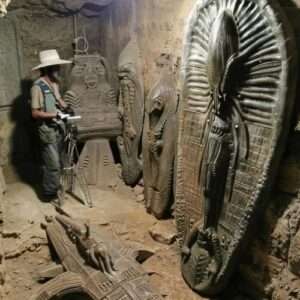Ushabtis, also known as shabtis or shawabtis, held profound significance in the religious beliefs and funerary practices of ancient Egypt. These small figurines, often crafted from materials like wood, faience, or stone, were placed within the tombs of the deceased, particularly prominent individuals like pharaohs, to serve them in the afterlife.
Tutankhamun, the famed boy pharaoh whose tomb was discovered relatively intact by Howard Carter in 1922, had a significant collection of ushabtis buried with him. These ushabtis were meticulously crafted and intricately decorated, reflecting the importance of the afterlife in ancient Egyptian culture.

The purpose of ushabtis was deeply rooted in Egyptian religious beliefs surrounding the afterlife. It was believed that in the afterlife, the deceased would be called upon to perform manual labor similar to that which they undertook in their earthly lives. Ushabtis were intended to act as substitutes for the deceased, responding to any such calls for labor on their behalf. The term “ushabti” itself is derived from the ancient Egyptian word “šwbt,” meaning “answerer.”
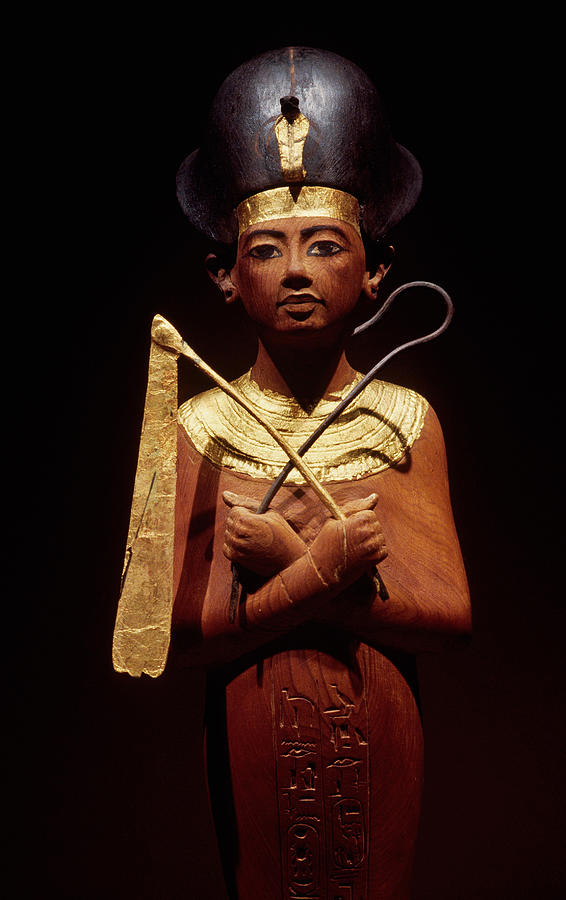
In Tutankhamun’s tomb, over 400 ushabtis were discovered, each meticulously crafted and inscribed with spells from the Book of the Dead or the Book of Caverns. These spells were believed to animate the ushabtis and empower them to carry out their duties in the afterlife. The ushabtis were often depicted holding agricultural tools, symbolizing the labor they were expected to perform.
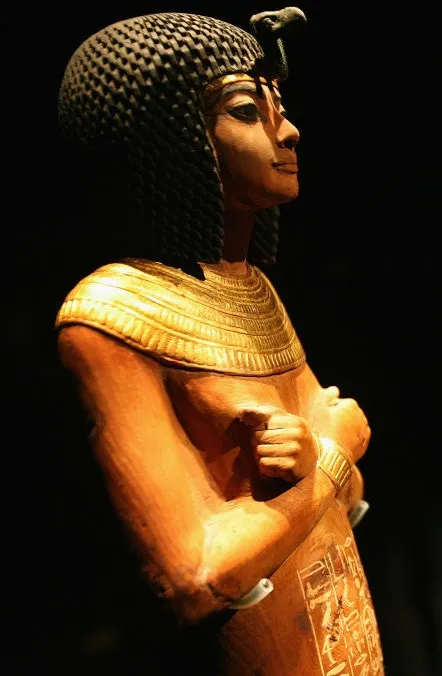
Beyond their practical function, ushabtis held symbolic importance as well. They represented the concept of servitude in the afterlife, emphasizing the continuity of life beyond death and the eternal obligations of the deceased to the gods. Through the placement of ushabtis in tombs, the deceased could ensure a comfortable and prosperous existence in the afterlife.
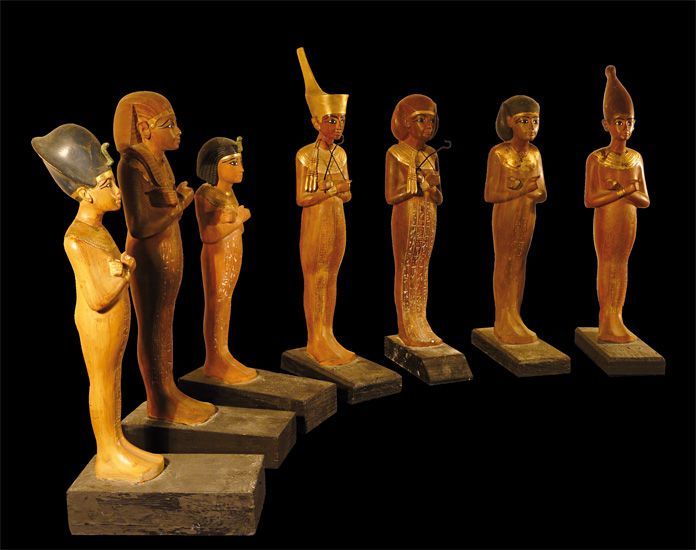
The discovery of Tutankhamun’s ushabtis provided valuable insights into ancient Egyptian funerary practices and religious beliefs surrounding death and the afterlife. These mystical objects continue to fascinate historians, archaeologists, and enthusiasts alike, offering a glimpse into the rich and complex culture of ancient Egypt.
